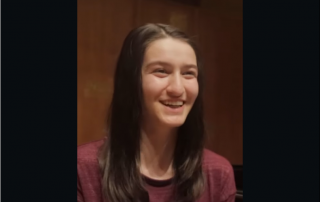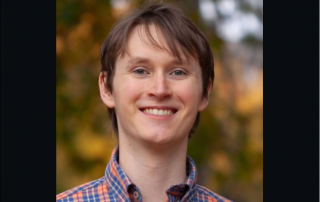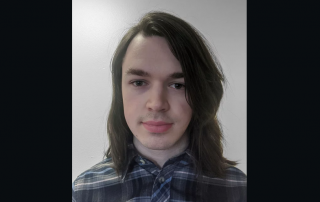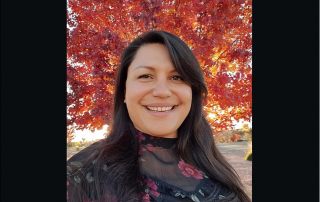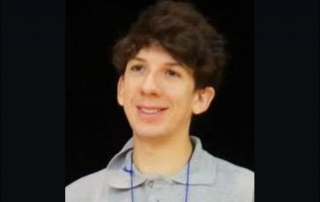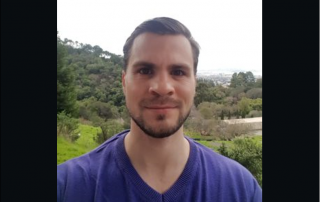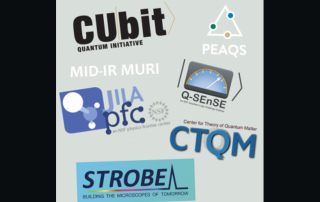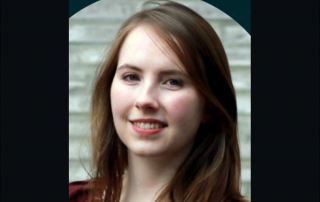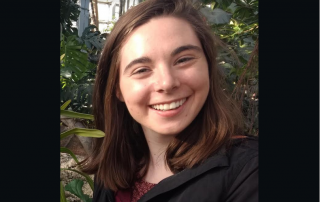Congrats to Leyla Kabuli for Receiving the 2021 University Medal from UC Berkeley
Leyla Kabuli, a senior graduating in music and electrical engineering and computer sciences, is the winner of the 2021 University Medal from UC Berkeley. The 150-year-old University Medal recognizes a graduating student’s outstanding research, public service and strength of character, and comes with a cash prize. Leyla is currently working in Laura Waller’s research group and will continue with the Waller group as a graduate student in fall 2021.
By her senior year, she was fielding offers of full graduate fellowships from Berkeley, Stanford and MIT. She’s sticking with Berkeley for graduate school. “I might be biased, but Berkeley has the best electrical engineering program in the country,” says Kabuli, who was born in Berkeley and raised in Davis, California. She also credits the campus’s culture, diversity and grit for her decision to accept the Berkeley Fellowship for Graduate Study, which provides financial support for five years. As top graduating senior, Kabuli, 21, a simultaneous degree student in EECS and music, with a perfect 4.0 GPA, will speak this Saturday, May 15, to thousands of her peers, in cap and gown, at a campus-wide virtual commencement ceremony.
